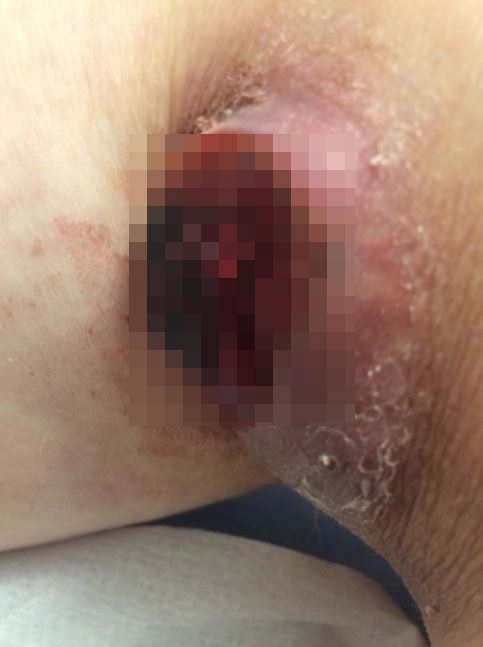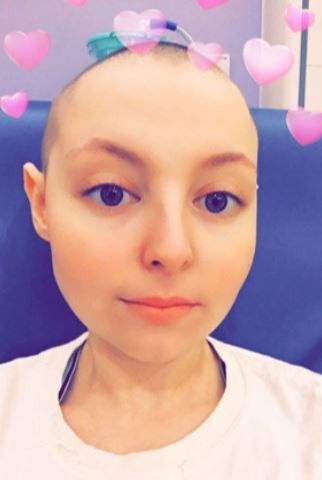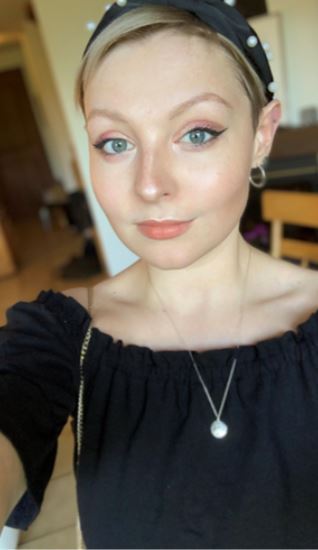WHEN Katherine Mills spotted a small lump behind her knee she thought it might have been linked to the serious fatigue she was struggling with at university.
After going back and fourth to the doctors over a period of 18 months, Katherine, who works in communications, was diagnosed with incurable cancer.



Katherine was given just four months to live when she was diagnosed with Metastatic Angiomatoid Fibrous Histiocytoma at the age of 22.
Katherine, 26, from London, is currently living with incurable cancer and is now trying to support others with their journey.
She has been working with Alike, a peer support app for cancer patients and survivors, as she says she wants everyone impacted by cancer to have somewhere safe to discuss their experience.
Her own experience started in 2016 when she started to have a cough that occasionally brought up pink sputum and she noticed a lump on the back of her knee.
From this her GP prescribed antibiotics for a chest infection, but Katherine then suffered three fainting episodes on public transport, which her mum encouraged her to go back to the GP about.
Katherine said: “I had a blood test and was prescribed iron for anaemia. This anaemia was monitored, and after one particular blood test my GP called me and told me to go to A&E because my results were worrying.
“I had very low haemoglobin, for which I stayed at hospital for a few days and received two units of blood via transfusion.
“While I was in hospital, I pointed out the lump behind my knee, but the doctors said it was a ganglion, and nothing to worry about.”
It was around this time that Katherine said she had further blood tests which identified an extremely high CRP (C-Reactive Protein) level in her blood.
She was then referred to the Rheumatology department where more tests were run.
At this time Katherine had been on the cusp of finishing her English Literature and Creative writing degree.
“I was writing essays from hospital beds and wards”, she said. But as Katherine didn’t yet have a firm diagnosis, the university was unable to give her a large extension.
She got just three weeks extra and managed to graduate with a 2:1.
‘THEY RULED OUT CANCER’
Next Katherine was referred to the Renal department where she was diagnosed with an abnormal presentation of a rare autoimmune condition called Granulomatosis with polyangiitis.
This was then treated with steroids and low dose chemotherapy agents, but Katherine continued to suffer with symptoms.
“By this point, I was also coughing up blood. I was also referred to a respiratory specialist in the hospital. I had a bronchoscopy which was inconclusive. They didn’t find lung cancer cells, and so they ruled out cancer”, Katherine said.
Increasingly, Katherine says she was having to rely on blood transfusions and she had a haemoglobin level of around 60 – this should have been 120.
“I was also suffering from night sweats – as many as six incidents in a single night. I lost weight, I was vomiting and I was extremely exhausted.”







